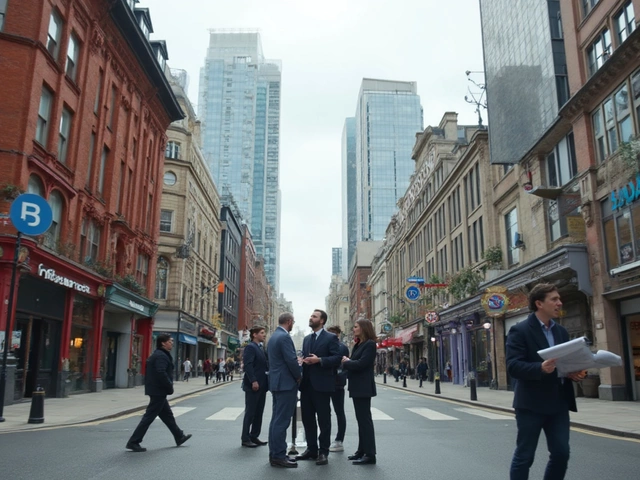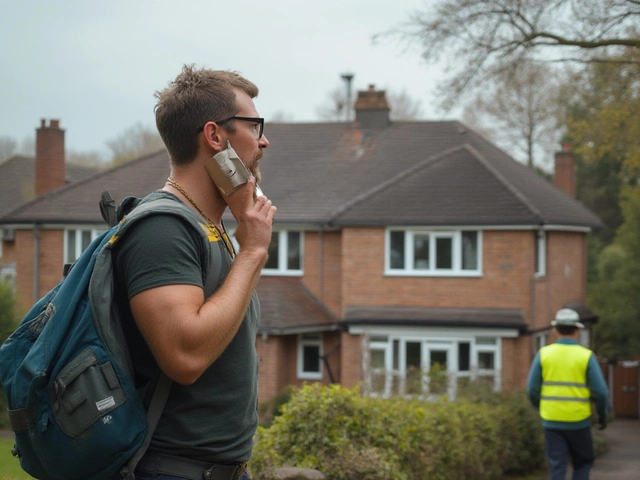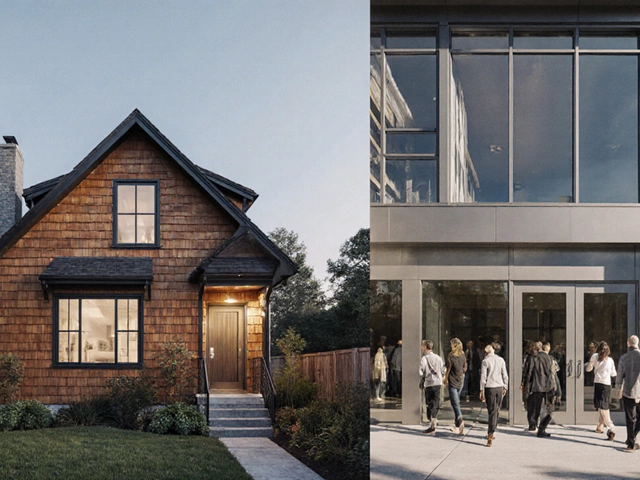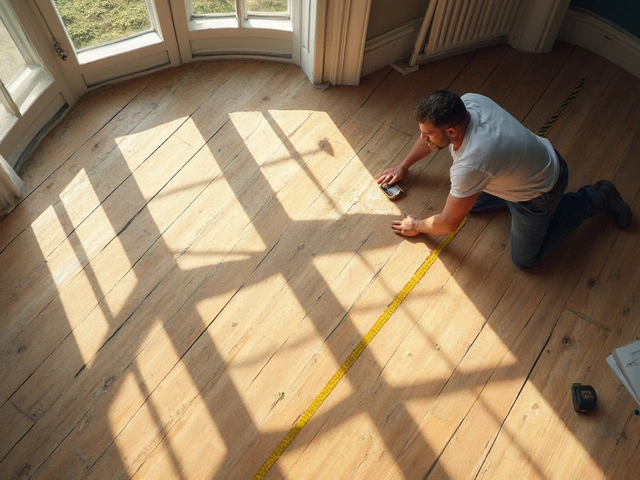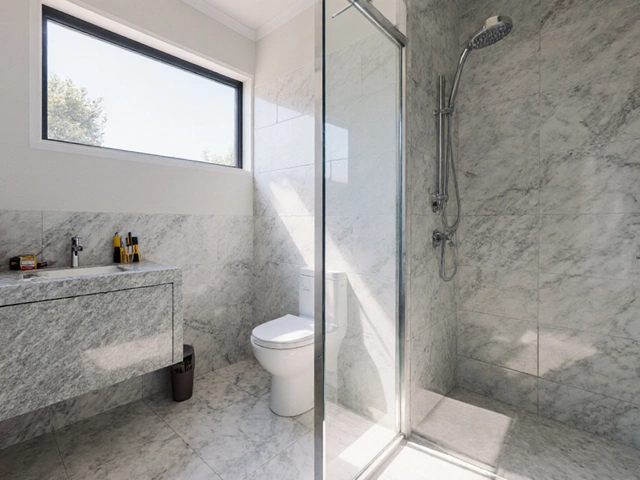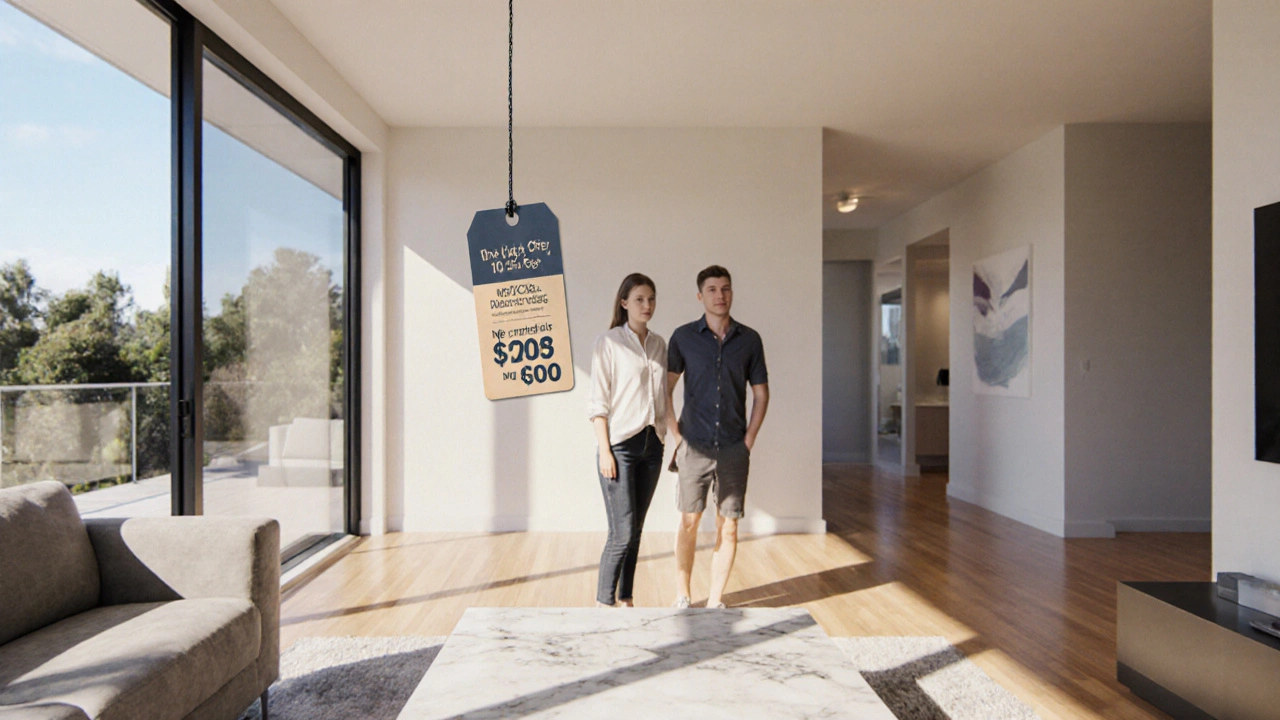
New Zealand Home Construction Cost Estimator
Estimate Your Build Costs
Get a realistic cost breakdown based on 2025 New Zealand construction data
Estimated Cost Breakdown
Quick Takeaways
- Land, labour and material prices together account for 70‑80% of the total cost.
- Regulatory fees and design complexity add another 10‑15%.
- Supply‑chain disruptions and sustainability requirements can push a typical NZ house from $300k to $500k.
- Understanding each cost driver lets you target savings without compromising quality.
- Early budgeting and transparent contracts are the best defence against surprise expenses.
Ever walked through a new‑build display home and wondered why the price tag looks like a small mortgage? You’re not alone. In 2025, the average cost to building a house cost in Auckland has surged past $450,000, and that figure is climbing in most regions of New Zealand. The rise isn’t a mystery - it’s a mix of concrete factors that you can actually see on a spreadsheet.
Below we break down every major expense, explain why each one has jumped, and give you practical tips to keep the budget in check. By the end you’ll know exactly where the money is going and how to negotiate smarter.
What "New Home Construction" Actually Means
New Home Construction is the process of building a residential dwelling from raw land to a finished, habitable house. It includes site preparation, foundation work, framing, installation of services, interior finishes, and the final hand‑over to the owner. In New Zealand the term also covers compliance with the Building Code, consent acquisition, and the myriad inspections that happen along the way. The phrase is broader than “renovation” - you’re starting from zero, which means every cost line is present.
Land Cost - The First Big Chunk
Land Cost is the price you pay for the parcel of earth where the house will sit. In Auckland, the median price per square metre hit $1,200 in Q2 2025, up 12% from the previous year. Rural land is cheaper, but the added expense of connecting utilities and longer transportation for materials can offset the savings.
- Location premium: Suburbs close to the city centre command a 20‑30% surcharge.
- Infrastructure fees: Council charges for water, sewer and storm‑water connections can add $5,000‑$15,000.
- Site prep: Sloping sites may require cut‑and‑fill work, which can add $10,000‑$30,000.
Tip: Look for infill sites on the urban fringe where the land price is lower but the distance to amenities remains acceptable.
Labour Costs - The Human Factor
Labor Costs cover wages for carpenters, electricians, plumbers, roofers, and the project manager who ties everything together. The construction sector is facing a chronic shortage of skilled trade workers, pushing hourly rates up 8‑10% year‑over‑year.
- Carpenter rates average $45 / hour, up from $40 / hour in 2023.
- Electrician and plumbing trades command $55‑$60 / hour due to certification requirements.
- Project managers now charge a 12‑15% markup on total labour spend.
Tip: Secure a fixed‑price labour contract early, or consider a builder who offers a labour‑guarantee clause.
Material Prices - The Tangible Inputs
Material Prices include everything from timber and steel to insulation, windows, and fittings. Global supply‑chain shocks - from pandemic after‑effects to the 2024‑25 shipping container shortage - have driven up prices across the board.
| Category | Average Cost (%) | Typical Price (NZ$) |
|---|---|---|
| Timber framing | 15% | ~$75,000 |
| Roofing (metal/shingles) | 8% | ~$40,000 |
| Windows & glazing | 6% | ~$30,000 |
| Insulation & drywall | 5% | ~$25,000 |
| Finishes (kitchen, bathroom) | 12% | ~$60,000 |
| Plumbing & electrical | 10% | ~$50,000 |
| External works (driveways, landscaping) | 7% | ~$35,000 |
Tip: Order long‑lead items (e.g., windows, prefab panels) early and lock in price with a supplier deposit.
Regulatory Fees - The Hidden Overhead
Regulatory Fees are the costs associated with obtaining building consents, compliance certificates, and inspections required by the Building Code. In 2025 the average consent fee for a 200‑m² home in Auckland is $12,000, and compliance inspections can add another $5,000‑$8,000.
- Consent fees are calculated on the estimated construction value, so a higher‑priced house incurs higher fees.
- Specialist approvals (e.g., for heritage sites or flood‑prone land) may add $10,000‑$20,000.
- Amendments to the consent after work starts can cost $1,500‑$3,000 per change.
Tip: Work with a seasoned architect or building consent consultant who can streamline the paperwork and avoid costly revisions.
Design Complexity - When Fancy Gets Costly
Design Complexity covers architectural features that go beyond a simple rectangular footprint - think multi‑level homes, large open‑plan interiors, high ceilings, custom staircases, or extensive glazing. Each added complexity increases both material waste and labour time.
- Open‑plan layouts often require larger spans, meaning stronger (and pricier) beams.
- Custom staircases can add $10,000‑$25,000 depending on finish.
- Complex roof geometry (e.g., multiple hips) raises roofing labour by up to 30%.
Tip: Keep the footprint compact and square where possible; you can still achieve a high‑end look with clever interior design instead of structural extravagance.
Supply‑Chain Disruptions - The Unexpected Variable
Supply‑Chain Disruptions refer to delays or price spikes caused by factors outside the builder’s control: overseas shipping delays, raw‑material shortages, or sudden tariff changes. In 2025, the average lead time for imported steel rose from 6 weeks to 12 weeks, adding storage costs of roughly $2,000 per week.
- Local sourcing mitigates risk but may be more expensive per unit.
- Holding a small contingency fund (5‑10% of total budget) helps absorb surprise price hikes.
- Builders who maintain a network of multiple suppliers can switch quickly when one line stalls.
Tip: Include a clause in your contract that caps material price escalations at a pre‑agreed index (e.g., the Consumer Price Index for construction).
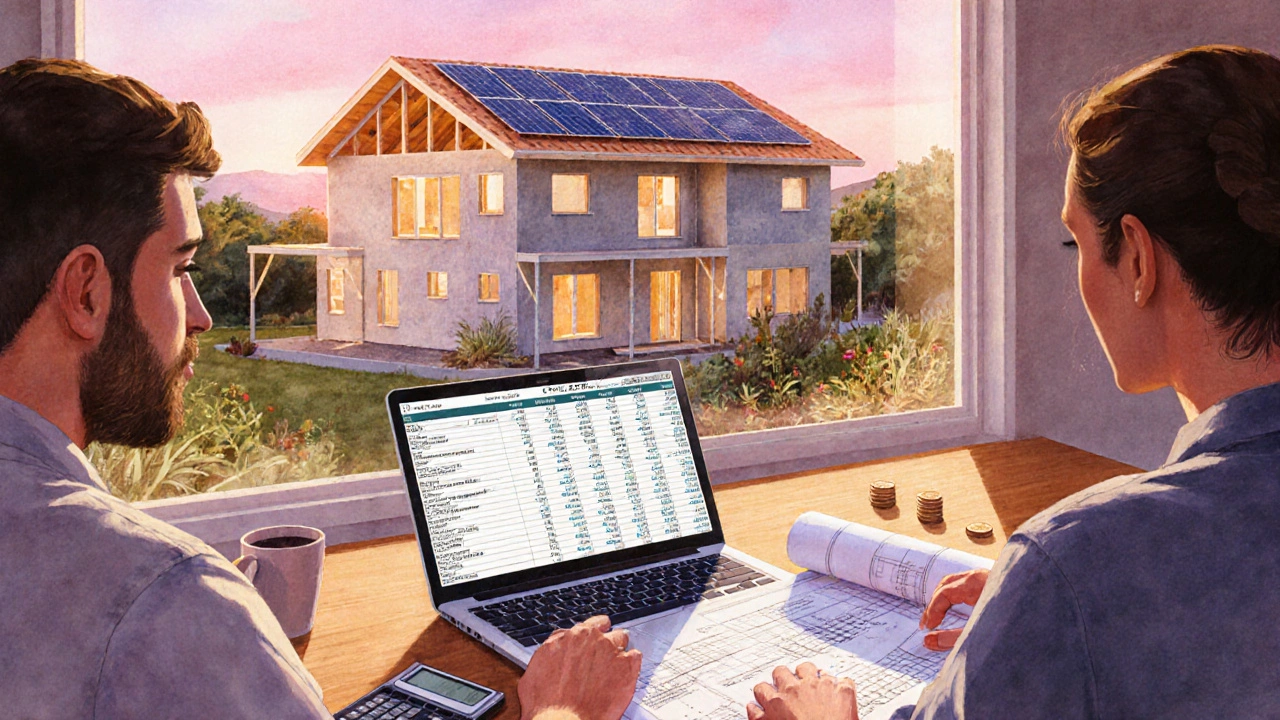
Sustainability Standards - The New Must‑Have
With New Zealand’s 2030 net‑zero goal, many councils now require higher energy‑efficiency standards. Installing a high‑performance envelope, triple‑glazed windows, and solar PV can add $20,000‑$45,000 to the build, but they also reduce long‑term operating costs.
- Insulation that meets the 2025 New Zealand Green Building Council (NZGBC) 5‑Star rating costs about $12,000 extra.
- Solar PV systems (5 kW) average $10,000 in installation, with a 10‑year payback under current electricity rates.
- Heat‑pump water heaters replace traditional electric units for an additional $3,500.
Tip: Factor in potential government rebates (up to $6,000 for solar installations) when budgeting for green upgrades.
Putting It All Together - A Sample Budget
Below is a realistic budget for a 200‑m², three‑bedroom family home in an Auckland suburb, based on 2025 price data:
- Land acquisition: $200,000
- Site preparation & foundations: $50,000
- Structural frame (timber & steel): $75,000
- Roofing & external cladding: $45,000
- Windows & glazing: $30,000
- Interior finishes (kitchen, bathroom, flooring): $120,000
- Plumbing & electrical services: $50,000
- Insulation, drywall, and interior walls: $25,000
- Regulatory fees & consents: $12,000
- Project management & contingency (10%): $70,000
- Optional green upgrades (solar + high‑performance insulation): $35,000
Total estimated cost: $762,000. Removing the optional green upgrades brings it down to $727,000, illustrating how even “standard” builds now hover near the $750k mark.
How to Keep Costs Under Control
- Start with a detailed spec sheet. The clearer you are about finishes, the fewer surprise change orders you’ll get.
- Choose a reputable builder with a fixed‑price contract. Fixed contracts shift risk away from you.
- Phase non‑essential upgrades. Install basic insulation first; add solar later if cash flow is tight.
- Use a trusted quantity surveyor. They can spot over‑estimations in quotes before signing.
- Maintain a 5‑10% contingency fund. It’s the safety net for any supply‑chain hiccup.
Frequently Asked Questions
Why does land cost vary so much across Auckland?
Location, zoning, and proximity to amenities drive price. Inner‑city suburbs command a premium because they require less commuting and have higher demand, while peripheral sites may be cheaper but incur extra costs for utilities and transport.
Can I avoid the high labour rates?
You can negotiate a capped labour rate or use a builder who employs a salaried crew instead of subcontractors. However, the shortage of skilled trades means rates will stay elevated for the near future.
Do green upgrades really save money?
Yes, especially solar PV and high‑performance insulation. They lower electricity bills and can increase resale value. Plus, government rebates offset a portion of the upfront cost.
What’s the biggest surprise cost most homeowners face?
Changes to the building consent after work starts. Even a small design tweak can trigger a $2,000‑$5,000 amendment fee and additional labour.
How can I protect myself from supply‑chain price spikes?
Lock in material prices with a deposit and clear escalation clause, and keep a contingency fund. Buying locally where possible also reduces exposure to overseas shipping delays.
Building a house is never cheap, but knowing exactly why each line item exists gives you leverage. Use the breakdown above as a checklist, ask the right questions, and you’ll avoid the biggest budget surprises that make headlines every year.
